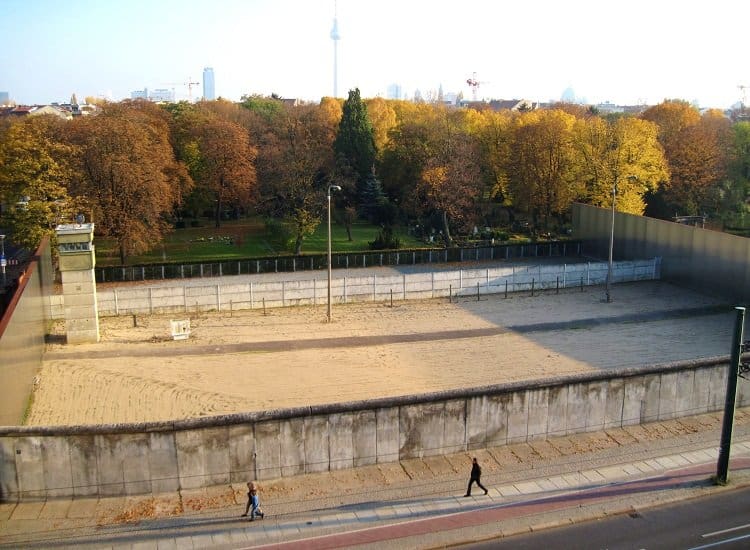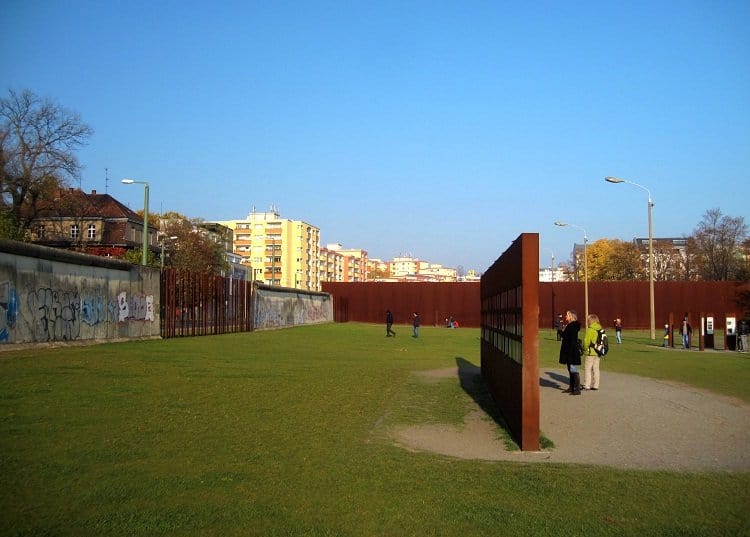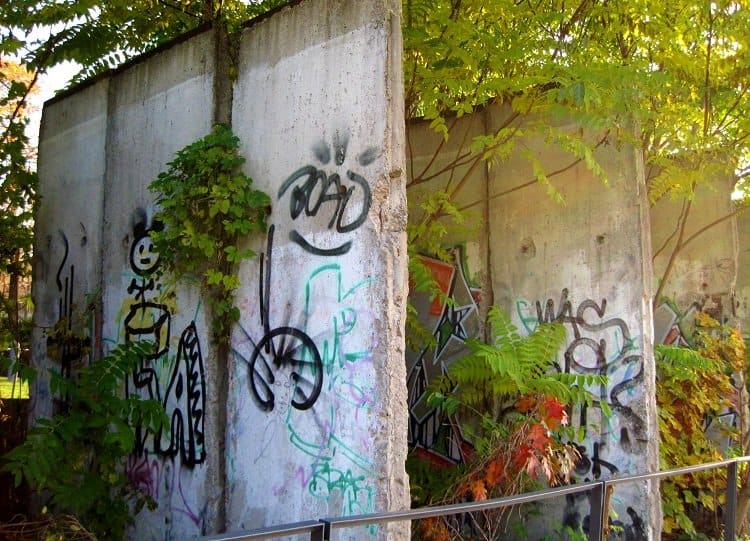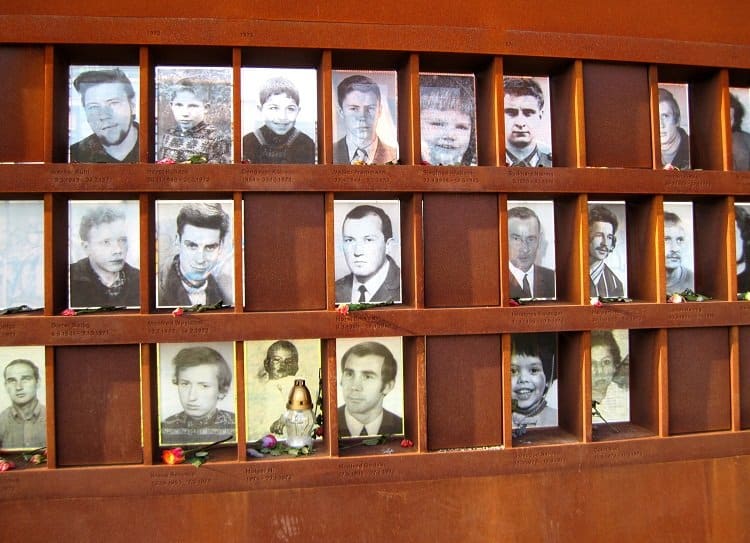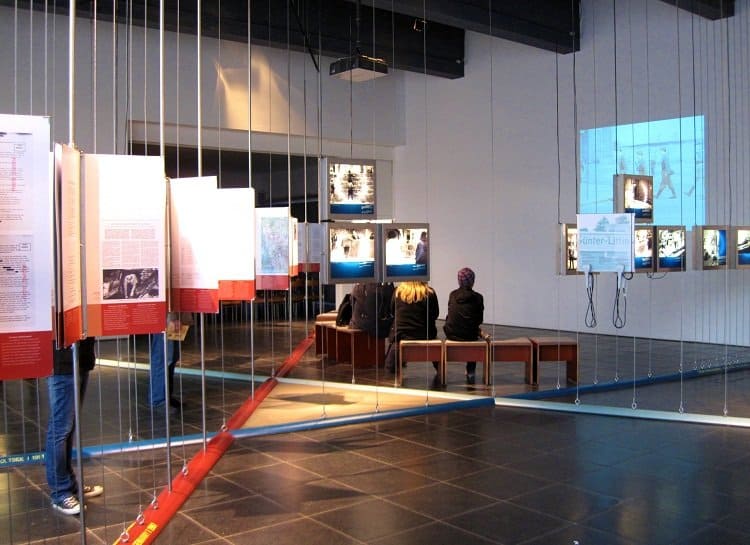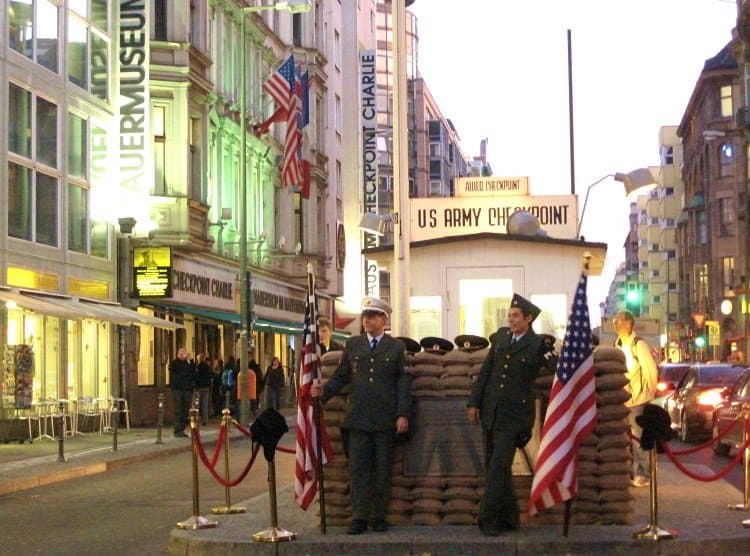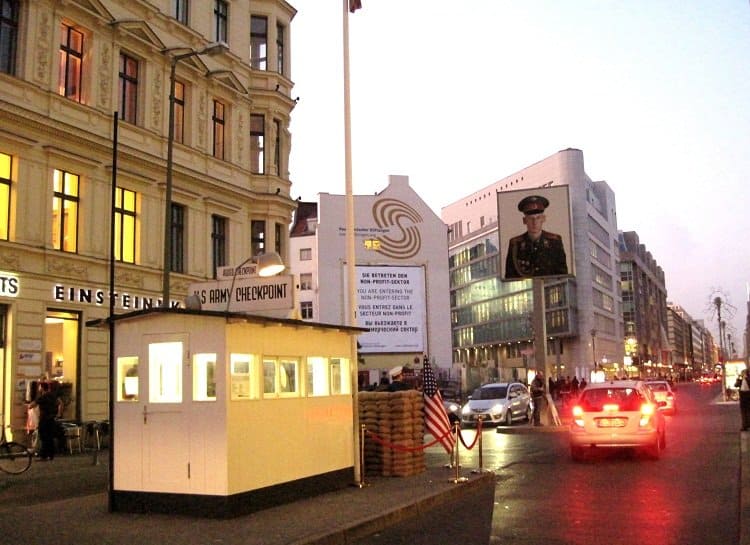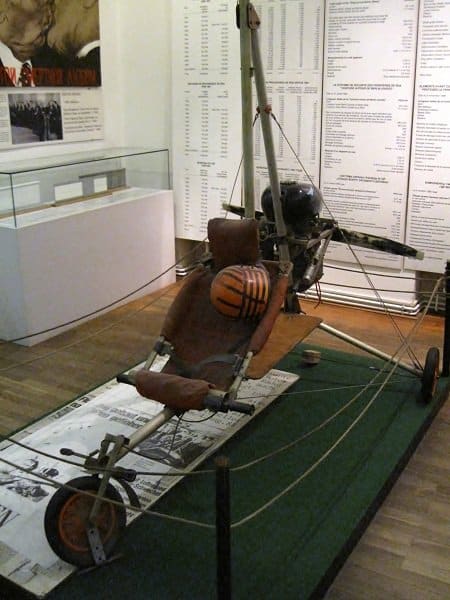Imagine waking up one morning to find your city completely split into east and west. Perhaps your spouse had spent the night with relatives in the western part while you stayed behind in the east. Like you, many other residents would face separation from family and friends for decades.
I have always been curious about the Berlin Wall, enjoying films like The Lives of Others and Goodbye Lenin, but having never been to Berlin I had yet to see its remnants. Luckily Berlin has many memorials and testaments to the people who both perished and survived and it’s easy to learn about their stories.
It has only been just over 50 years since the ‘anti-fascist protection wall’ was built. Thousands of soldiers were brought into Berlin during the middle of the night to start the construction, which began as barbed wire installations. The next 28 years would be both difficult and devastating for the city’s residents.
After World War II, the Soviet-backed ruling Socialist Unity Party established a dictatorship in East Germany, known as the German Democratic Republic (GDR). Longing for the economic and political freedoms of the west, around 100,000 people fled from the east in the late 1940s and early 50s. The border was already technically in place by 1952, with travel to the west requiring approval and the penalty of prosecution for disobeying. But once a sixth of the population was lost from east, it was decided that the brain drain must be stopped and on 13 August 1961 the walls went up.
The border was perfected over time, but at its full development the Berlin Wall was not just one wall. It consisted of an inner wall on the GDR side, an alarmed signal fence, the “death strip” and finally a 12 foot high border wall. This configuration can still be seen at the Nordbahnhof stop on Bergstrasse where we began our explorations at the Berlin Wall Memorial Site Monument and Documentation Centre. This particular piece of wall became symbolic because of all the events that transpired here.
The Sophien parish cemetery, which lay right on the border was gradually invaded during the creation of the border strip. First, troops prevented maintenance and burials within a 40m wide strip, then required visitors to have a special card and only allowed them in at certain designated times. Eventually West Berliners could not go in at all. Around 1,000 graves were moved but it’s possible that many graves of the victims of bombings during the war weren’t removed. These are commemorated by a large cross on the grounds.
The site also features information panels telling the stories of those who died trying to escape from east to west. A new Chapel of Reconciliation was constructed after the original Reconciliation Church was blown up because of its inconvenient location. Pieces of the wall remain and a full section of the walls, watchtower and death strip have been left intact. These can be viewed from a platform at the Documentation Centre and inside are a variety of exhibits and audiovisual displays explaining the politics and lifestyle of the residents during the time of the wall. GDR residents were not even allowed to take photos of the border area.
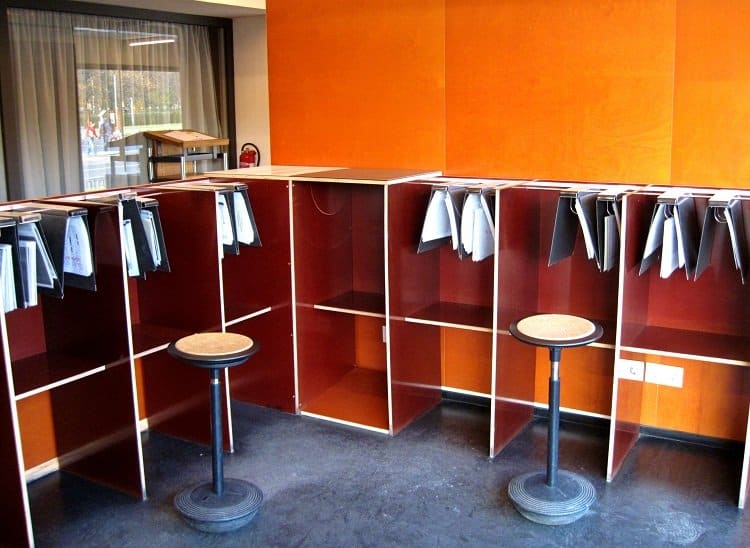
Information is available to those who want to research the events surrounding the Berlin Wall at the Documentation Centre.
To learn more about the triumphant stories and daring attempts to cross the border we headed to the Haus Am Checkpoint Charlie (The Wall Museum, www.mauer-museum.com). While the sentry box and theatrics of the guards are all just a show for tourists these days, the site is significant because it is where US and Soviet tanks faced off, the only occurrence like this during the Cold War.
Inside the museum we got a better understanding of how so many people were injured or killed because of the wall. If they weren’t shot or injured by booby traps as they tried to escape, they committed suicide because their attempt failed or they were people mistaken for escapees and killed. The museum houses an impressive collection of memorabilia from the time period. Handmade scuba diving equipment, flying contraptions, ladders and even ziplines were used to cross, as well as carefully crafted plots and devices to conceal people in luggage or vehicles.
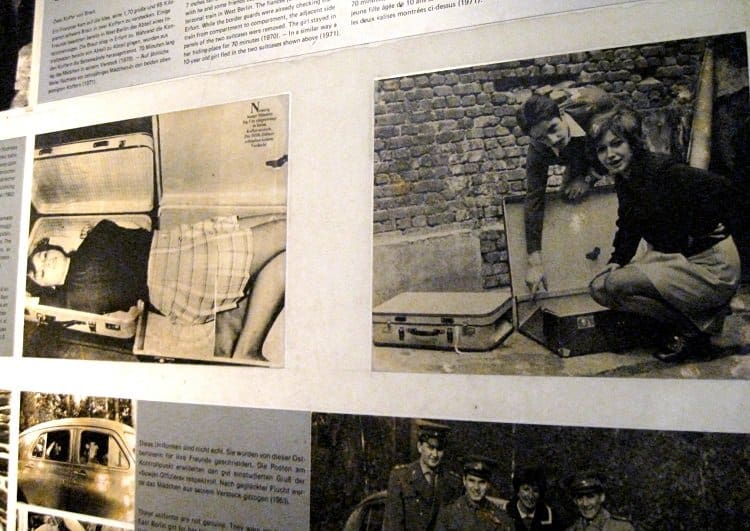
Daring escapes, like this one where a woman laid down in two modified suitcases, are documented at the Haus am Checkpoint Charlie.
Especially heartbreaking were the stories from the 70s when the GDR punished families whose members tried to flee by forcing them to give up their children for adoption forever. Identification documents were changed so that not even the adoptive parents knew where the children were coming from. Alongside all the sad stories, however, are many brave accounts of people not only escaping themselves but also risking their lives to help others find their way to freedom. The wall itself is intriguing but I was touched even more by the human interest stories I read.
Visitors interested in the history of the Berlin Wall can visit several other exhibitions on a trip to Berlin:
- The double photography exhibition “Uber Leben” (About life/Survival) is on display at the Deutsches Historiches Museum (www.dhm.de). Thomas Hoepker and Daniel Biskup document the daily lives of GDR residents, life in the Soviet Union and Balkan crisis areas and conflicts.
- The Alliiertenmuseum (Allied Museum, www.alliertenmuseum.de) is dedicated to relations between West Germany and the Allies (US, British, French).
- Berlin Wall Trail (Berliner Mauerweg, www.berlin.de/mauer/index.de.html) – This marked path for pedestrians and cyclists follows an 160 km path of the wall with 40 information posts providing information about the wall and life for the residents on either side.
- The Deutsch-Russisches Museum (www.museum-karlshorst.de) is located in the building where Germany signed its surrender in 1945 and today houses exhibits on World War II and Soviet relations.
- The longest preserved portion of the wall (at 1.3 km) is the East Side Gallery; these panels are covered in graffiti and detailed artwork leaving a fascinating memorial to the wall. www.eastsidegallery.com
- Stasi Museum – Most of the information here is in German unless you organize an English tour, but this interesting museum demonstrates the power and terror of the East German State Security Service, including photographs and surveillance equipment used by the organization. www.stasimuseum.de
- The offbeat Trabi Safari puts you behind the wheel of one of these GDR era vehicles for a unique guided tour of Berlin and the wall. cms.trabi-safari.de/opencms/opencms/trabi-safari/de/_main/home
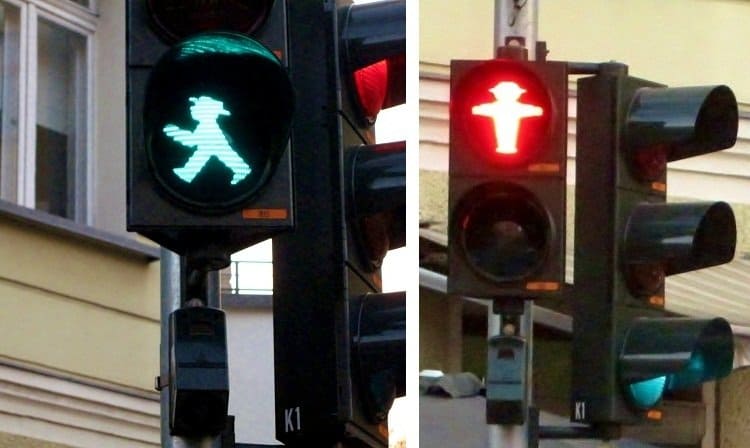
Today you can almost always tell whether you’re in the former east or west by the pedestrian crossing lights – these are from the east.
Have you visited the remnants of the Berlin Wall? What were your impressions?
